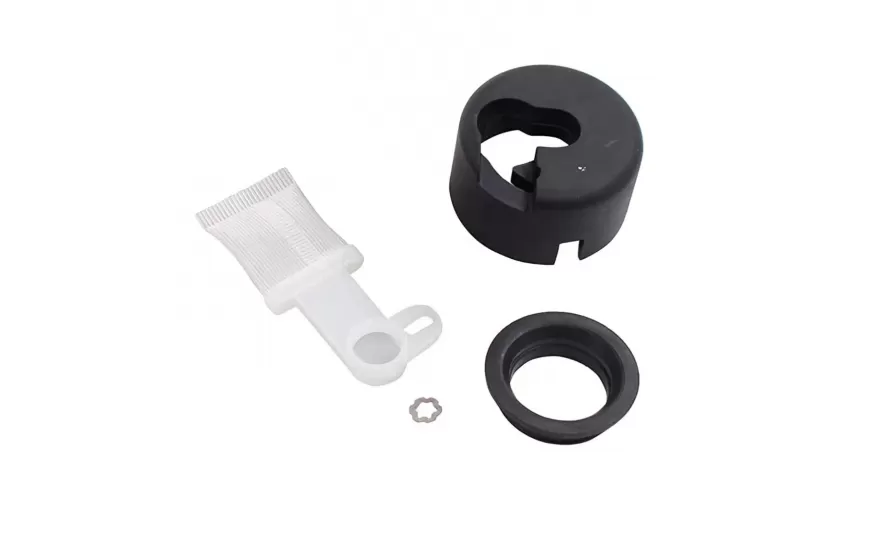
As the "first line of defense" of the fuel system, the fuel pump strainer is the most basic and most important link. Blockage or damage to the fuel pump strainer will directly affect the performance of the engine and even the vehicle breakdown, which in turn affects the driving experience of the owner.
When your car has the following symptoms, you should consider whether the fuel pump strainer needs to be replaced.
Case 1: The engine needs to be ignited multiple times to start successfully. Or the time from turning the key to starting the engine is significantly extended.
Case 2: When accelerating sharply, the vehicle feels sluggish, the power output is insufficient, and there is a sense of frustration. When climbing a slope, it is obvious that the power is insufficient, and it is necessary to step on the accelerator deeply to maintain the speed.
Case 3: The engine shakes more during idling, which may be accompanied by unstable speed. During the driving process of the vehicle, the engine shakes intermittently.
Case 4: The fuel pump makes abnormal noises. The fuel pump makes abnormal buzzing or hissing sounds when working, indicating that the fuel pump may be overloaded due to filter blockage.
Case 5: A fuel system fault may cause the engine fault light to illuminate, and reading the fault code may indicate a problem related to the fuel supply.
Case 6: A distinct fuel odor is detected around the vehicle, which may be a fuel leak caused by a damaged fuel pump strainer.
If you are considering whether to replace the fuel pump strainer and are undecided, you can refer to the following table.
| Scenario | Suggestion | Reason |
| Impurities covering the filter surface>70% | Replace now | The filtration efficiency decreases, resulting in insufficient oil supply |
| Fuel pressure is 25% lower than the standard value | Replace the filter first and check the fuel pump at the same time | Clogged filter may cause overload and damage to the pump body |
| The vehicle has travelled more than 100,000 km | Preventive replacement (especially when using low-quality fuel) | Filter material fatigue, reduced dirt holding capacity |
At this point, car owners who need to replace the fuel pump strainer may have questions, how can I replace the fuel pump strainer? The following are the general steps for replacing the fuel pump strainer:
Preparation
Prepare the necessary tools, such as wrenches, screwdrivers, oil containers, clean rags, etc. Purchase a new fuel pump strainer suitable for the vehicle model. Park the car on a flat and solid surface, turn off the engine, disconnect the negative power supply, and release the pressure in the fuel system.
Remove the old filter
Find the location of the fuel pump, which is usually located in the fuel tank. The rear seats need to be removed and the fuel tank cap needs to be opened. Then disconnect the power supply of the fuel pump and unplug the fuel pump plug to prevent accidental start during operation. Use special tools or appropriate methods to remove the parts that fix the fuel pump and remove the fuel pump assembly. Open the fuel pump assembly and remove the old filter.
Install the new filter
Put the new filter into the fuel pump assembly and make sure it is installed in place. Assemble in the reverse order of disassembly to ensure a good seal.
Restore and test
Put the fuel pump assembly back into the fuel tank and fix the relevant parts. Replug the fuel pump plug. Check whether there are leaks at all connections in the fuel system. After confirming that there are no leaks, start the engine and observe whether the fuel pump is working normally. After confirming that there are no abnormalities, end the replacement.
Note: Avoid generating open flames or static sparks during operation. Make sure that the new filter is installed correctly and in the correct direction. After the replacement is completed, check the sealing of the fuel system to prevent oil leakage.
The above is a sharing about fuel pump strainer. If you want to know more about fuel pump strainer or fuel system knowledge or have questions that you want to answer, you can contact us. OSIAS can provide you with the most professional guidance.


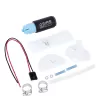
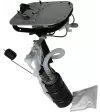

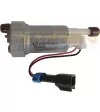
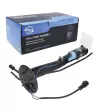



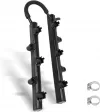
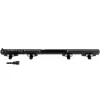
Write a comment